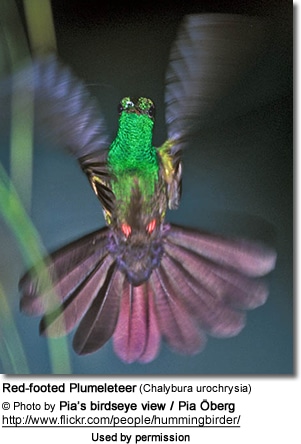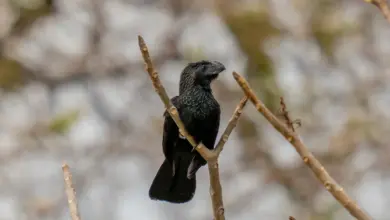Double-crested Cormorants (Phalacrocorax auritus)
Double-crested Cormorants (Phalacrocorax auritus)
The Double-crested Cormorants (Phalacrocorax auritus) are cormorants found along inland waterways and coastal areas across North America.
They are also known as crow ducks, Florida or Farallon cormorants, and Taunton turkeys. This seabird was first described by Rene Primevere Lesson in 1831.

Sub-Species
Four subspecies are presently recognized:
- Phalacrocorax auritus auritus (Lesson, 1831) – the nominate subspecies (with the largest and most widespread breeding population)
- Range: From the Great Basin and Rocky Mountains east into central and eastern North America (including Canadian prairies and the Great Lakes
- Description: Fairly large. During the breeding season, they have black crests.
- Phalacrocorax auritus albociliatus (Ridgway 1884) – Farallon cormorant Range: Found along the Pacific coast of North America from British Columbia to Bird Island in the state of Sinaloa, Mexico.
- ID: Moderately large. Breeding birds have white to partially white crests.
- Phalacrocorax auritus cincinatus (Brandt 1837) – White-crested Cormorant Range: Smallest population – found along the southern coast of Alaska and on the Aleutian Islands – from Kodiak to Chuginidak in the Aleutians.
- ID: The largest subspecies with straight, white crests when in breeding conditions.
- Phalacrocorax auritus floridanus (Audubon 1835) – Florida cormorant Range: Found from southern and central Texas east to the Atlantic, and from North Carolina south to Florida.
- ID: Smallest of the five subspecies. It has dark crests during the breeding season.
- Phalacrocorax auritus heuretus (Watson et al., 1991) Range: Breeds only in the mangroves surrounding interior lakes of San Salvador in the Bahamas.
- ID: The smallest of the subspecies. Straight, white crests during the breeding season. Bare lores and a greenish gloss on the head and neck.
Description
The plumage of adult birds is mostly matte-black, but with a slight iridescence that gives the plumage a green sheen in certain light conditions. It has a distinctive yellow throat patch and a long, hooked bill. In western populations, a white double-head crest can be seen for a short while during the breeding season. Juveniles are mostly brown with a white face, foreneck and chest.
This goose-sized water bird measures 29-36 inches (74-91 cm) in length (including its long tail), and has a wingspan of about 52 (132 cm).
Distribution and habitat
These seabirds are very common and widespread. They over-winter in ice-free areas on both coasts – from southern Alaska and southern New England south to Florida, Mexico, and the Bahamas.
Vagrants have on rare occasions been found in Europe – such as Great Britain, Ireland, and the Azores.
Their preferred habitats are coasts, bays, lakes, and rivers, but these adaptable birds are found in just about any aquatic habitat, from small inland ponds to large reservoirs, and rocky northern coasts to mangrove swamps in the south.
These fishing birds are usually found in colonies, often with other aquatic birds.
They make deep, guttural grunting calls.
Diet
Double-crested cormorants feed in seas, freshwater lakes, and rivers. Their diet may vary by season and place, but primarily they feed on fish, but will also take crabs, shrimp, crayfish, frogs, salamanders, and eels. On occasion, they will eat snakes, mollusks, plant material, and insects.
They forage in shallow water (less than 26 feet or 8 m deep) within 4 miles (~5 km) of shore. They catch their prey by diving underwater and chasing it.
They regurgitate pellets containing undigested parts of their meals, such as bones.
Reproduction
These cormorants breed along coastal areas, as well as near inland rivers and lakes.
They generally nest in trees close to or over water, as well as on sea cliff edges, or the ground on suitable islands.
Both males and females feed and take care of their chicks.
Cormorant Information … Listing of Species … Cormorant Species Photos




